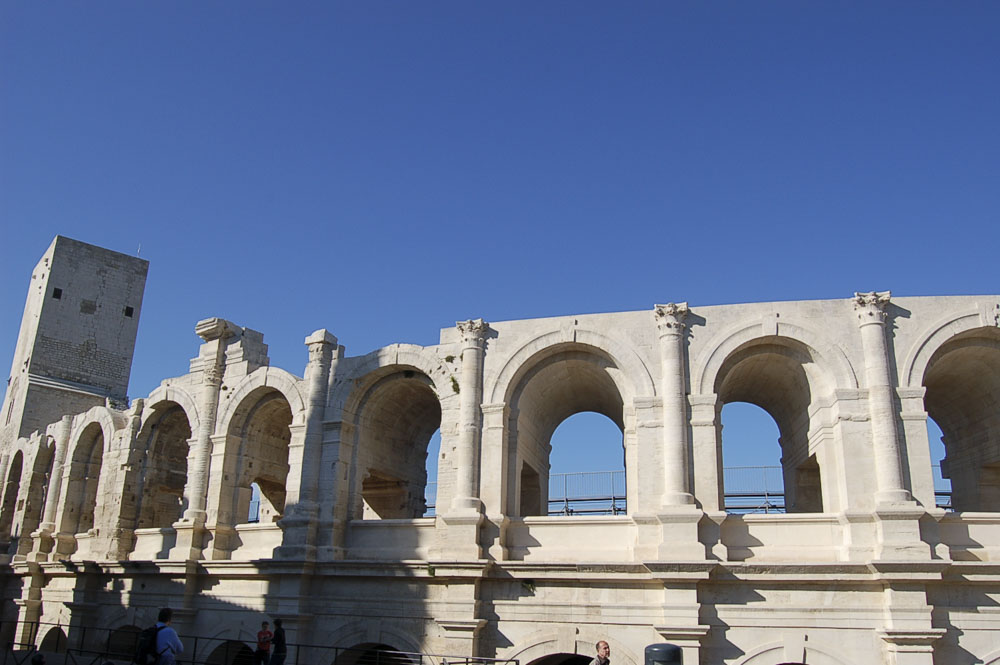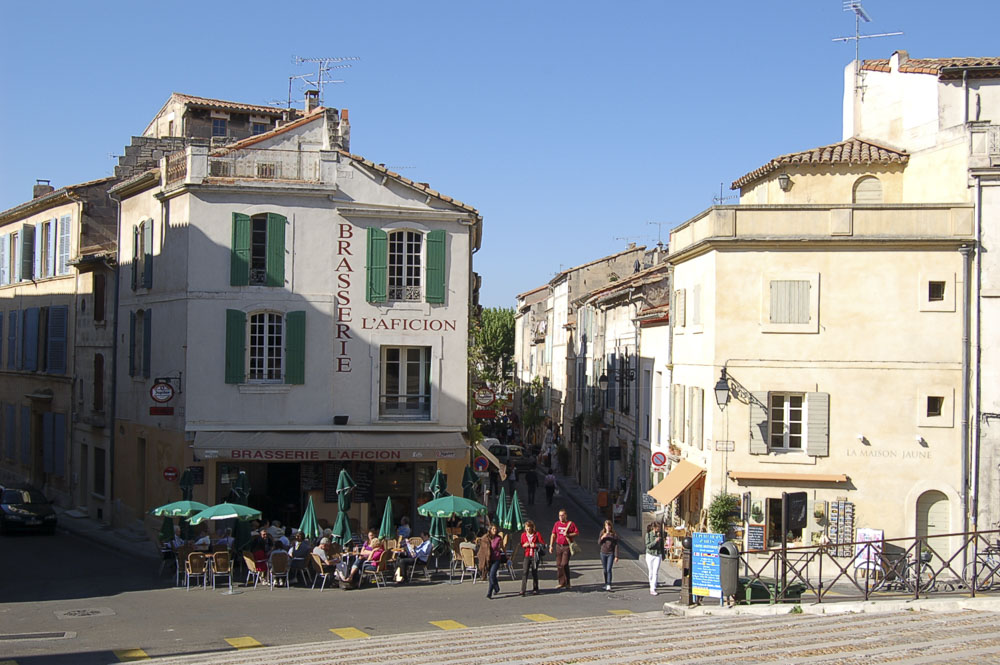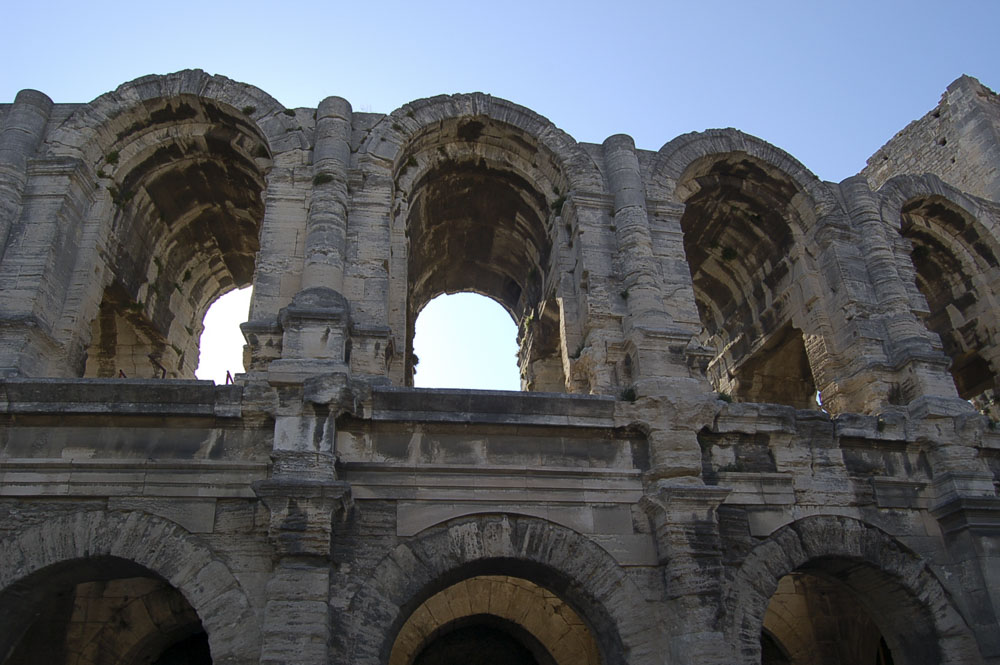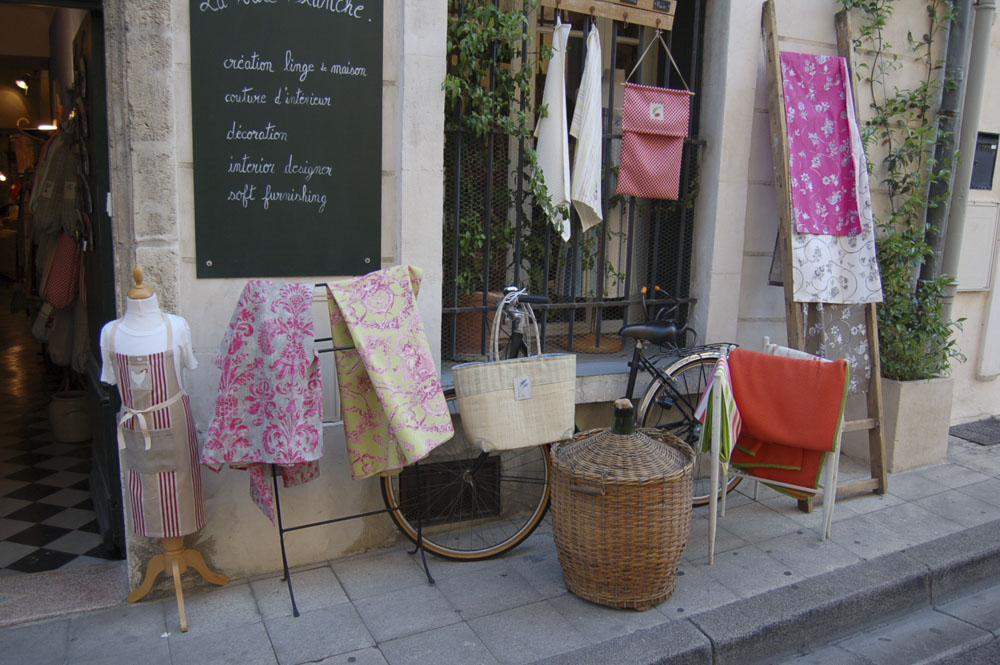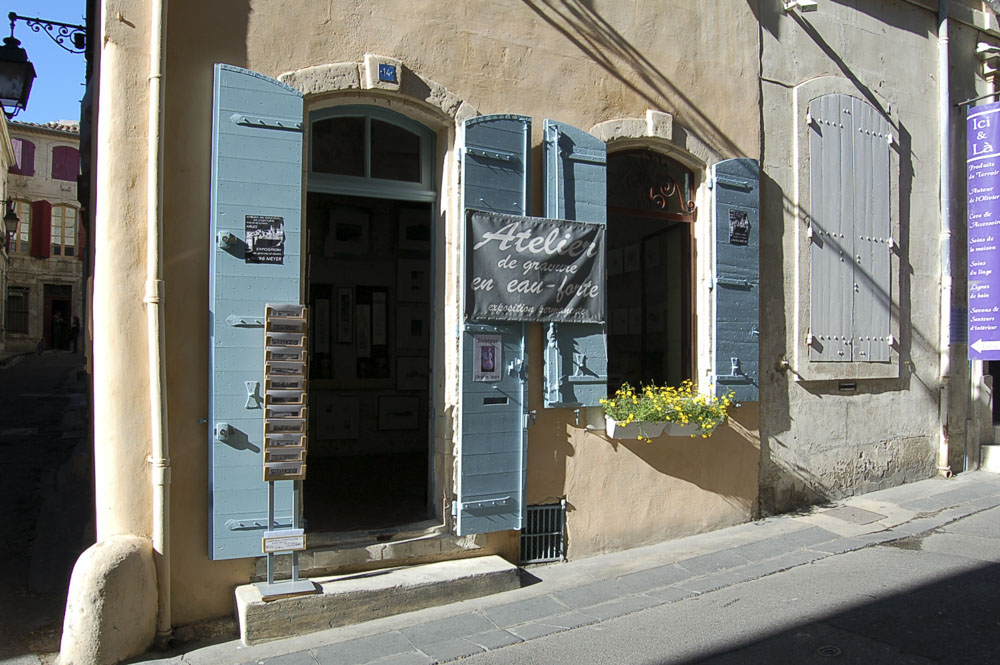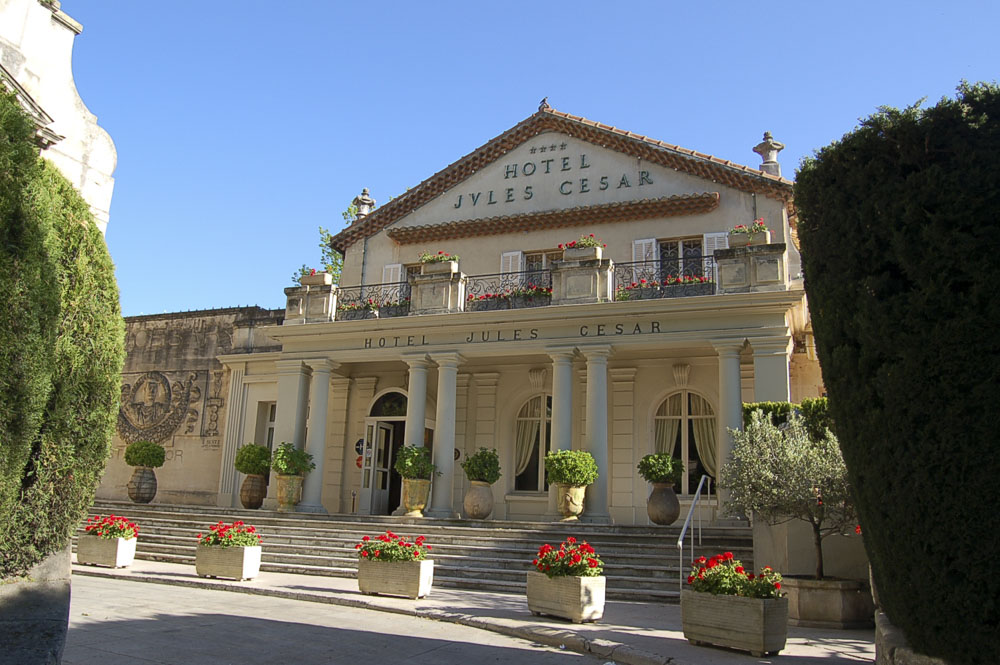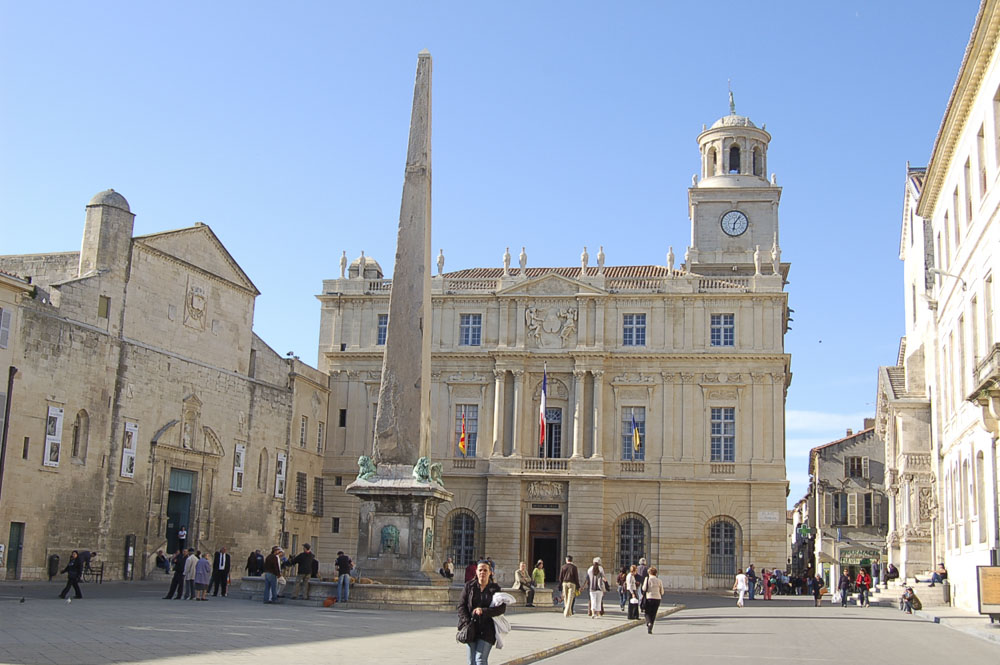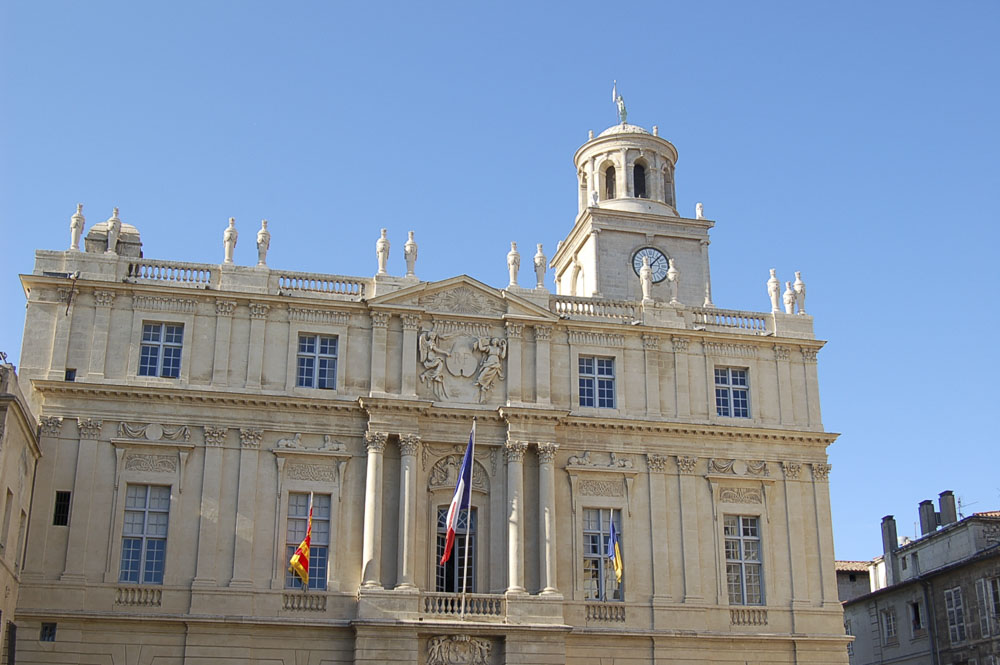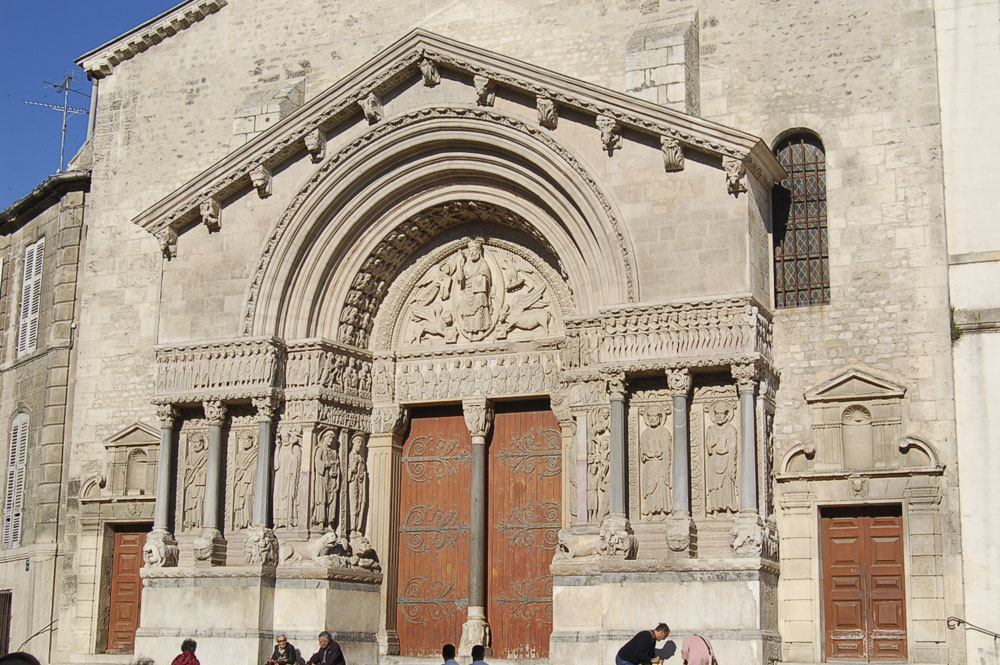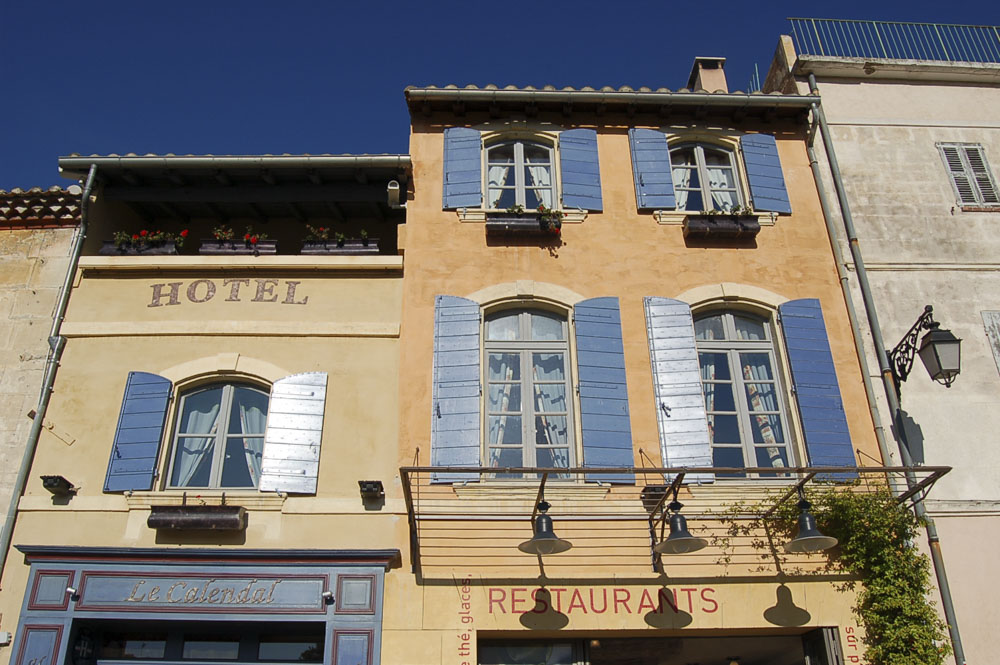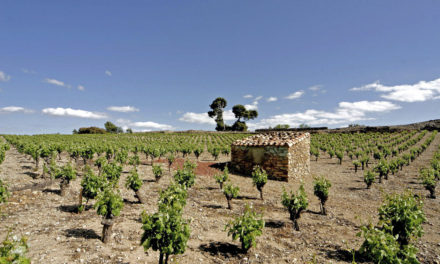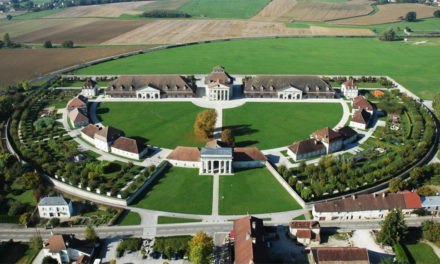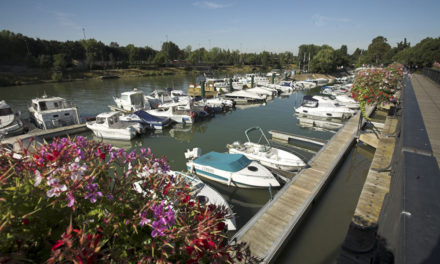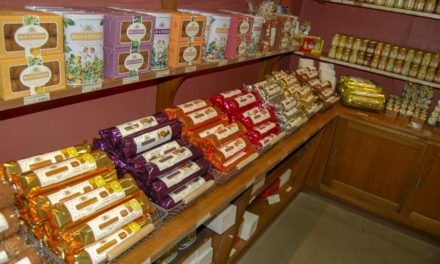Images – Copyright Informationfrance.
A Celtic city colonised by the Greeks, Arles became Roman after Julius Caesar distributed the land among his veteran legionnaires in 46 B.C. This was the first Golden Age of the city dubbed ‘Little Rome in Gaul’ which became a major religious centre during the Early Christian period. After suffering destruction during the invasions of the early Middle Ages, the city was rebuilt during the 12th century. The splendour of its medieval monuments is proof of the wealth and dynamism of the city at this time.
Book a Hotel in Arles
History
During the 17th and 18th centuries many aristocratic town houses were built. Today they form the core of the charming historical centre where the large number of listed monuments bears witness to 2000 years of history. In 1981 the Roman and Romanesque buildings of Arles were listed as UNESCO world heritage monuments.
Arles is a member of the French network of Ville d’art et d’Histoire, and also of the European network AVEC (Alliance des villes européennes de la culture – European cultural cities alliance).
Main Historical Sites
THE ROMAN THEATRE – The theatre stands at the top of a hill. The semicircle of tiers is over 100 metres long at its widest axis and faces west.
THE ARENA or AMPHITHEATRE – This is probably the most representative monument of the town. It is well preserved, ellipse shaped, with a 136 metre long main axis and a 107 metre smaller one. It was built between the 1st and 2nd centuries and could seat 20,000 to 30,000 spectators. It was reserved for gladiatorial events.
An ingenious system of corridors was used to evacuate spectators quickly. The basement was used for animal cages and machinery. Even today the arena still fills up for festivals, corridas and bull fights.
THE ALYSCAMPS (ROMAN NECROPOLIS) – Created by the Greeks and Romans, this burial ground was to become the most famous in the western world.
THE CONSTANTINE THERMES This monument was built using a charactaristic technology which alternates rows of bricks and stones which date from the 3rd century and the start of the 4th century under the reign of Emperor Constantine.
Musee d'Arles
THE MUSEE D’ARLES et de LA PROVENCE ANTIQUE – The Arles archeological museum, anchored since 1995 on the banks of the Rhone River was built by Henri Ciriani beside the remains of the Roman circus. It contains the archeological collections of the city and the surrounding region spanning the period from neolithic times to the end of the Roman and early Christian era.
THE MUSEON ARLATEN – The local ethnographical museum, is housed in the former Laval-Castellane town house dating from the 15th century. The museum was created in 1896 by Frederic Mistral, a regionalist poet, and exhibits costumes, furniture, tools, objects connected with local religious traditions and superstitions, illustrating life in Provence during the 19th century.
THE MUSEE REATTU, DONATION PICASSO – The fine arts museum, is housed in the former Grand Priory of the Knights of Malta. It houses the works of Jacques Réattu, an Arlesian
painter of the period of the French Revolution, 18th and 19th centuries, as well as modern and contemporary artists (Picasso, Zadkine and Alechinsky). The museum also possesses
a remarkable photography collection (Henri-Cartier, Bresson, Edward Weston).
Flyprovence.com and Office of Tourism
Office of Tourism
Discover more about Provence from Flyprovence.com
Copyright Text : Office of Tourism and Sté P.E.C
Copyright Images : Informationfrance

